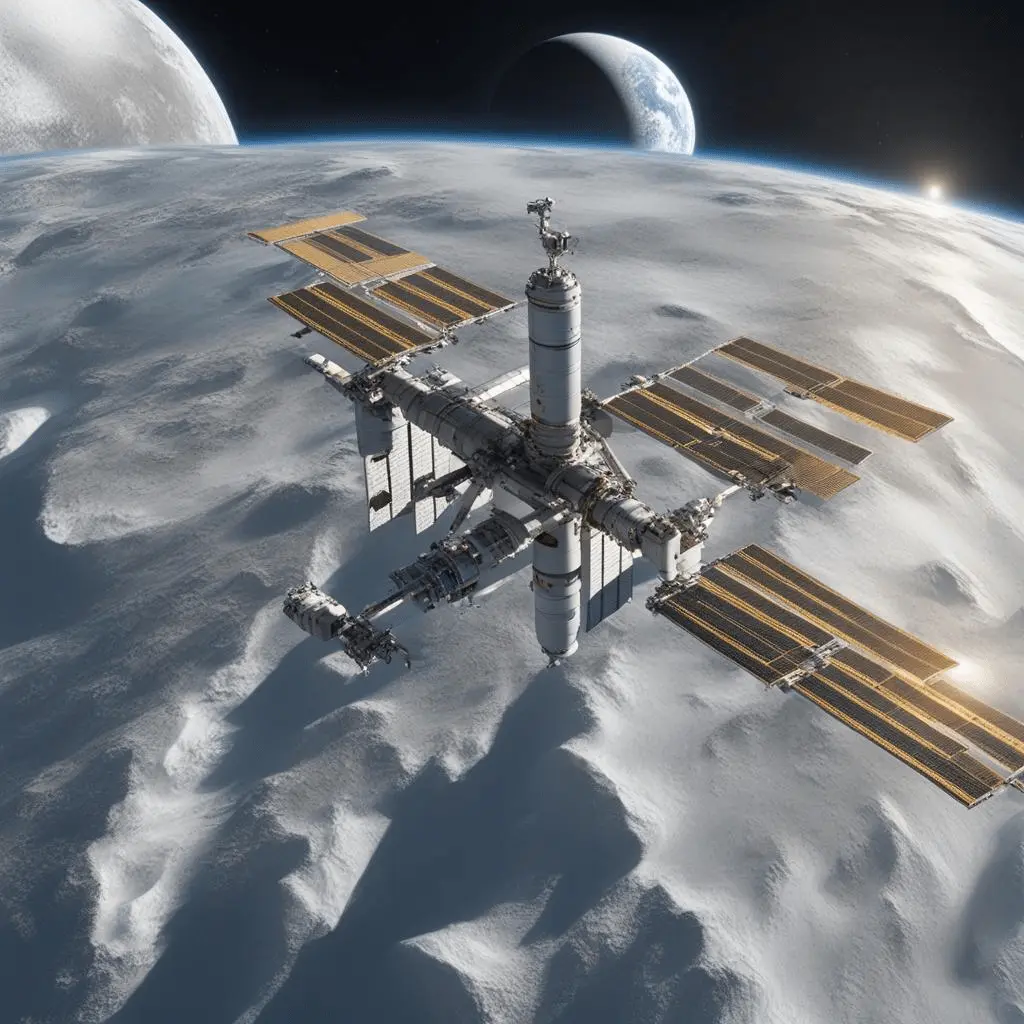Temperature management in space exploration, from satellites orbiting Earth to deep space probes, is a critical consideration. The extremes of space—a vast void with temperatures that can swing between near absolute zero and thousands of degrees—are formidable challenges to any mission. This post delves into the temperature control methods and technologies for satellites, planetary exploration probes, space stations, and landing capsules.
1. Satellites
Satellites, whether in low Earth orbit (LEO) or geostationary orbit, must grapple with stark temperature contrasts. A satellite facing the Sun might experience temperatures above 250°F (120°C), while the side facing away might drop below -250°F (-157°C).
Thermal Blankets: One of the primary methods of temperature control in satellites is the use of multi-layer insulation (MLI) blankets. These blankets, composed of alternating layers of reflective foil and insulation, reflect solar radiation and retain internal heat.
Thermal Radiators: Radiators are surfaces designed to radiate away excess heat. Typically, they are placed on the satellite’s shadowed side and are coated with materials that have high emissivity.
Active Cooling: For components that generate significant heat, such as onboard computers, active cooling methods, like heat pipes, can transfer and dissipate the heat.
2. Planetary Exploration Probes
Exploring other planets, particularly those farther from the Sun like Mars or Jupiter, comes with its own set of temperature challenges.
Radioisotope Heater Units (RHU): For deep-space missions where solar energy is scarce, RHUs can be employed. These units generate heat through the natural radioactive decay of materials like plutonium-238.
Thermal Louvers: These are adjustable openings on the probe’s exterior. When the probe is too hot, the louvers open to allow more heat to escape; when it’s cold, they close.
Phase Change Materials (PCMs): PCMs are substances that absorb and release thermal energy during phase transitions (e.g., from solid to liquid). They can be used to store excess heat and release it when the probe enters a colder environment.
3. Space Stations
Space stations, such as the International Space Station (ISS), have complex thermal management systems due to the continuous human presence and varied equipment onboard.
External Active Thermal Control System (EATCS): On the ISS, this system uses a combination of radiators, pumps, and liquid ammonia to transfer, store, and dissipate heat. The ammonia collects heat from the station’s internal systems and brings it to the radiators, which then release it into space.
Insulation: The walls of space stations are also insulated to keep out the extreme temperatures of space and to maintain a consistent internal environment.
Heat Exchangers: These devices transfer heat from one medium to another. On space stations, heat exchangers help regulate temperature by transferring heat between the air and a cooling fluid.
4. Landing Capsules
Landing capsules, such as those used in the Apollo program or SpaceX’s Dragon, must endure the scorching heat of re-entry into a planet’s atmosphere.
Heat Shields: The base of landing capsules is fitted with an ablative heat shield. This shield is designed to burn away progressively during re-entry, absorbing and dissipating the intense heat produced by atmospheric compression and friction.
Whipple Shields: For protection against micrometeoroid impacts, capsules use Whipple shields. These are thin outer layers that disintegrate upon impact, spreading the impact’s energy and reducing the chances of penetration.
Thermal Blankets and Tiles: Similar to satellites, landing capsules also employ MLI blankets. Additionally, capsules like the Space Shuttle used thermal tiles, which could endure and dissipate high temperatures.
Challenges and Future Directions
As space exploration pushes further, the challenges of temperature management become more pronounced. Here are a few:
- New Environments: Each celestial body, be it Mars, Venus, or the icy moons of Jupiter and Saturn, presents unique thermal challenges.
- Long Duration Missions: Probes, rovers, and potentially future human habitats on Mars or the Moon will need systems that can withstand extreme temperature fluctuations for years or even decades.
- Miniaturization: As we shrink instruments and probes for cost and efficiency, the challenge becomes how to manage heat in increasingly compact spaces.
- Safety: In manned missions, the margin for error is tiny. Systems must be redundant and exceptionally reliable.
Innovation is ongoing. Researchers are exploring materials with adaptive thermal properties and enhanced heat dissipation techniques. Nanotechnologies may pave the way for more efficient and lightweight thermal management systems.
Conclusion
Temperature management in space exploration is a multidimensional challenge that encompasses materials science, engineering, and astrophysics. The balance of keeping instruments, computers, and humans at optimal temperatures while contending with the unforgiving extremes of space is a testament to human ingenuity and the relentless pursuit of knowledge. As we venture further into the cosmos, the innovations and systems developed to manage temperatures will undoubtedly play a pivotal role in our journey’s success.

